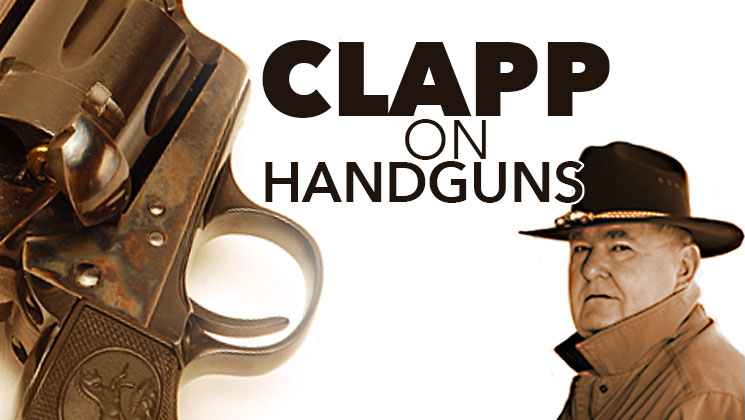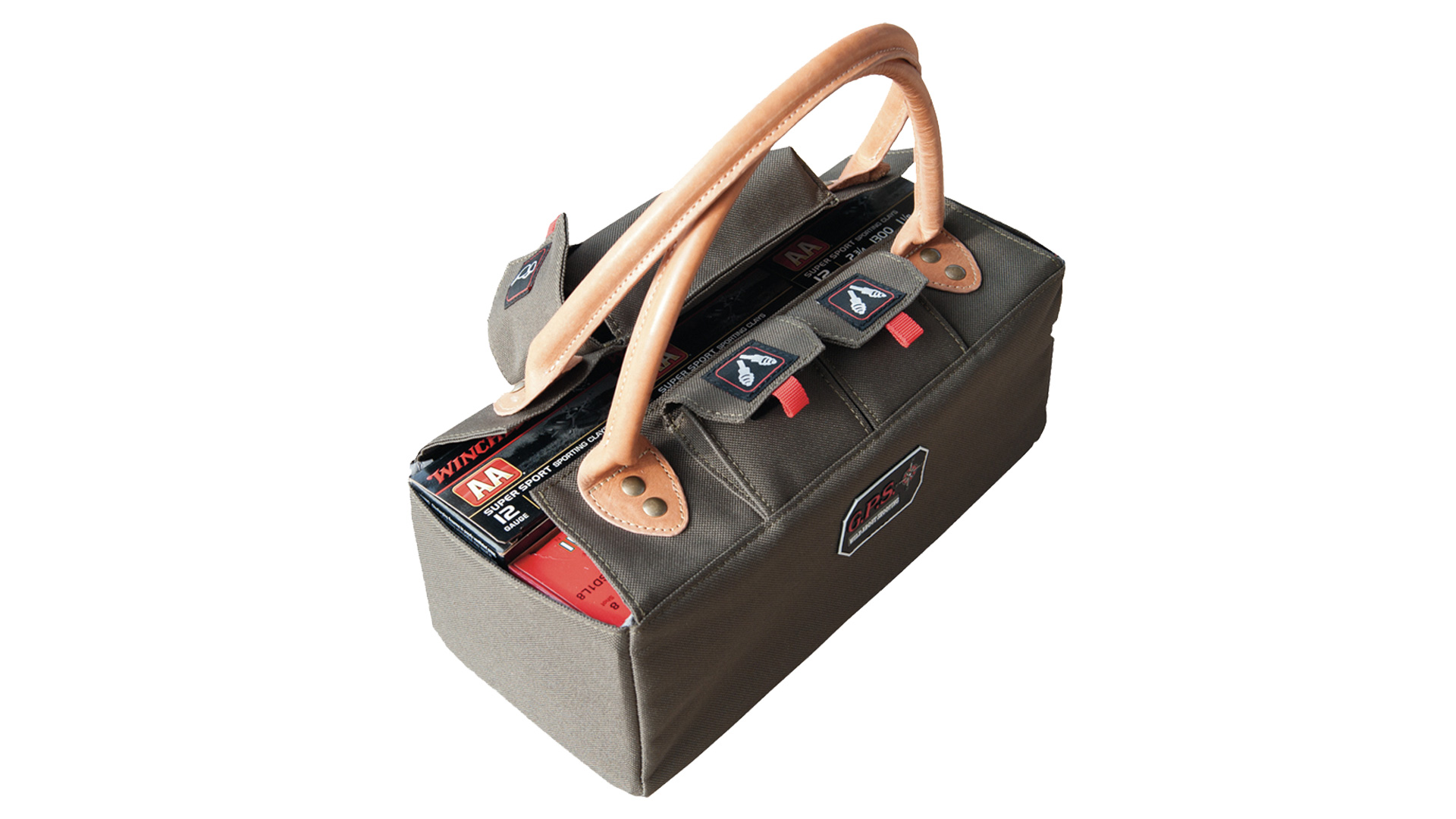
Handguns can be intimidating to a complete beginner trying to get over the fear of injury that comes with handling what can be a deadly tool. After teaching him or her The Fundamental Rules of Gun Safety, it becomes time for the student to learn the operating drill for the particular handgun with which he or she will begin the training cycle. In my opinion, it isunwise to present a new shooter with more than one gun at a time. Ideally, the first gun should be a DA/SA revolver, but that is not always possible. Whatever the selected handgun is, make sure the beginner has a thorough understanding of how the gun works. Then you can move on to using the gun to its full potential.
The business of teaching marksmanship is complex, with many manuals and books written on the subject. For the most part, however, experts agree on the basic principles with the most important being sight alignment, followed closely by trigger control. I have taught these skills to a lot of folks, but never thought of a particular teaching technique until I saw an instructional video a few years ago. It was radical stuff, but it really works.
Try beginning handgun training with the student in a seated position. That's right—seated in a chair at a table or bench. The shooter is comfortable, can relax and you can sit behind or slightly to the side. The close proximity of the instructor in this kind of one-on-one situation facilitates communication. For this, you willneed sandbags or a sturdy box to use as a rest. The shooter rests elbows and forearms on the bench and holds the handgun in both hands on the sandbags. Then, you talk the student through those first few shots. This technique has one minor and one major advantage for both students and instructors.
The major advantage is concerned with safety. Inexperienced handgunners often cannot resist the impulse to turn around when they have a question. With a gun in a hand, this is a dangerous practice. But it is far less likely to happen when the shooter is seated with both feet flat on the ground.The minor advantage to this sitting approach is the increased steadiness. Despite all the quiet reassurance that the gun will settle down and quit wobbling all over as he tries to aim it, a new shooter has an unfamiliar struggle to aim and squeeze at the same time. It is frustrating in the extreme. By using a seated, resting position, the gun can be held more steady making it easier to aim. The budding handgunner therefore has nothing to do but align the sights and work the trigger. It is a temporary solution, but it results in increased confidence. The shooter sees tighter groups on the target and becomes aware of what can be done.





































